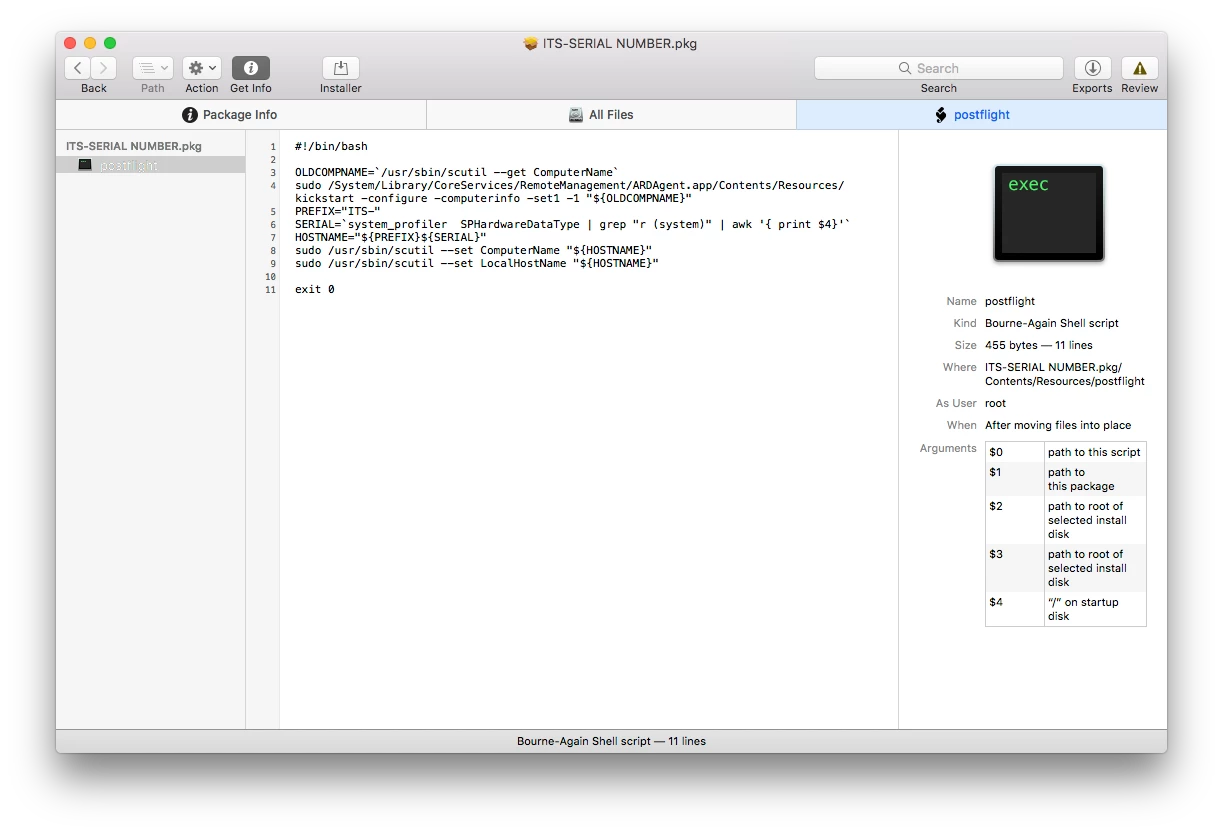Hi everyone, hope you're all well!
I'm hoping you can help give me a better idea of the naming schemes you use for managing your macOS devices and why you chose that scheme.
Right now we are using firstname.lastname for all laptops. This allows us to easily find devices on our internal network but our concern here is that it may needlessly share information to attackers when employees are working outside of our internal LAN.
Anyway, what schemes do you use?












